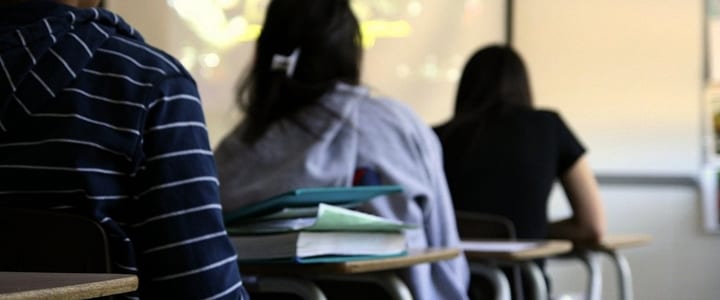 Should kids learn Spanish differently from adults, or does it matter? Find out in this guest post by Honolulu tutor Jinan B...
Should kids learn Spanish differently from adults, or does it matter? Find out in this guest post by Honolulu tutor Jinan B...
We’ve all heard that children are like sponges and can pick up language very easily. While children do have an incredible capacity to rapidly assimilate information, it’s important to keep in mind the differences in learning languages that exist between children and adults, and how to best make use of language learning for children. The following are some things to keep in mind as you look into introducing your child to the Spanish language.
Create the Right Environment
Children can absorb information extremely quickly, but it’s important to create a conducive environment for this to happen. Children actually pick up on what the “majority” language being spoken is (in other words, the language they see the majority of the people around them speaking); sometimes, this can cause resistance in learning a “minority” language. You can help avoid this by creating lots of immersive environments for children: arrange play dates in which the majority language is Spanish, play music and watch cartoons in Spanish, and otherwise encourage Spanish to be a major language in daily life.
You can also deal directly with any resistance by creating games; depending on the age of the child and whether you are also speaking the language, you can establish “Spanish-only” times in which anyone who speaks in English or any other language has to put a dollar in a jar, for example. Making it into a playful competition or game can encourage your child to engage in the foreign language.
Use Games and Play
Another point to consider regarding how kids learn Spanish is that, while adults often learn best in a focused, one-on-one setting, children often learn best through games, play, and group activities. This means there can be less focus on seriousness and extremely focused goals. In the beginning of learning a language, exposure and play in the language are more important than trying to meet specific benchmarks. Children naturally pick up underlying grammar structures through listening and experimentation, so there is less need for explicit grammar exercises. Be creative, and make as much use of music, books, and any other materials you can find in exploring the Spanish language with your child.
Work With Your Child
Lastly, one of the best ways to foster enjoyment in language learning for children is to model this behavior for them. If you don’t already know Spanish but would like your child to learn, what about attending classes with them, or studying independently on your own? This not only illustrates the value to your child, it also helps you to understand the challenges of learning a new language and enables you to engage in mutually beneficial practice with your child in Spanish.
As your child progresses in the Spanish language, you can also explore summer programs and consider traveling to a Spanish-speaking country as a family. This is a direct and wonderful way to show your child the benefits of speaking another language; being able to use it while traveling allows you to communicate with some people you otherwise might not be able to, increases your engagement in the culture, and deepens your understanding of the language, culture, and heritage.
With these things in mind, you should be well-equipped to help your child learn Spanish. Most importantly, make sure you and your child are having fun exploring language learning, and remember that language learning has lifelong benefits, so it’s well worth the time, energy, and economic investment you are making!
 Jinan B. tutors in Honolulu, HI. She is currently an Assistant Professor in the Department of Human Nutrition, Food and Animal Sciences at the University of Hawaii at Manoa, teaching various courses including Community Nutrition, Concepts in Nutrition Education, and Advanced Child and Adolescent Nutrition. Learn more about Jinan here!
Jinan B. tutors in Honolulu, HI. She is currently an Assistant Professor in the Department of Human Nutrition, Food and Animal Sciences at the University of Hawaii at Manoa, teaching various courses including Community Nutrition, Concepts in Nutrition Education, and Advanced Child and Adolescent Nutrition. Learn more about Jinan here!
Photo by Faraz Khan
Suzy S.

